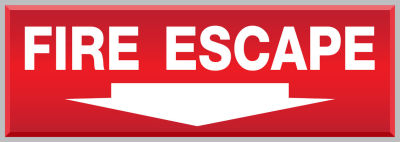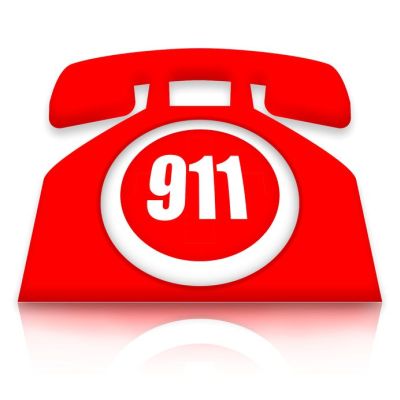More accidents occur in the home than in any other place, and are usually the result of carelessness or being unaware of safety hazards. An object or substance that is normally harmless can cause injury if it is used incorrectly.
It is your responsibility to protect the Client and yourself from injury. The following are general safety tips to remember in the home.
General
- Use proper body mechanics to protect your back and the Client from injury.
- Follow good hand washing practices to protect yourself and the Client from infection.
- Be sure there is adequate lighting for every task.
- Do not use any equipment that you do not know how to use.
- Do not perform any procedures you have not been checked off on.
- Always ask questions if you do not understand something.
- Keep emergency numbers near the phone.
- Do not attempt to fix any equipment, even if the Client asks you too!
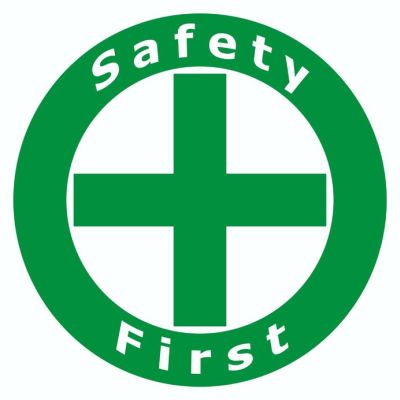
Fall Prevention
- Wipe up spills immediately and avoid slippery floors.
- Keep the walkways free of clutter. Remove throw rugs.
- Always lock wheelchair brakes when transferring Clients.
- Use side rails if there is a chance the Client might fall out of bed. Do not leave the bed in a raised position.
- Support the Client at their center of gravity during transfers or ambulation.
- Remind the Client to use their assistive devices.
- Notify the nurse if the Client complains of dizziness, trouble with balance, or falling.
- If a fall should occur, inspect the Client for obvious injury. Do not try to lift someone off the floor by yourself. Call your supervisor immediately and report the incident. They will give you further instructions. Your supervisor may instruct you to call 911.
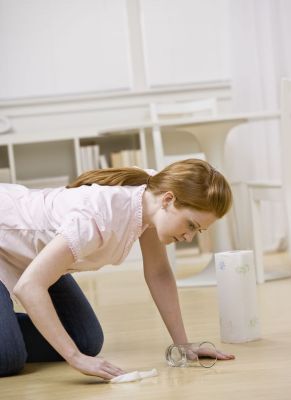
Bathroom Safety
- Assist the Client in and out of the tub or shower.
- Encourage the Client to use the grab bars in the bathroom.
- Keep the bathroom floor dry.
- Keep electrical appliances away from water.
- Check water temperature prior to the Client getting in the tub or shower.
- Check grab bars before using to assure that they are connected properly.
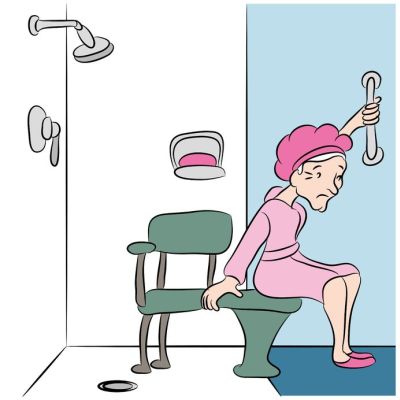
Kitchen Safety
- Do not leave cooking pots unattended.
- Keep a fire extinguisher in the kitchen.
- An A-B-C type fire extinguisher is used for all types of fires.
- Do not pour water on a grease fire. Use a chemical type fire extinguisher or baking soda to smother it. Salt and/or flour can be used in place of baking soda if not available.
- Wipe up grease spills immediately.
- Clean cutting boards and kitchen utensils after each use.
- Turn pot handles away from the front of the stove.
- Store food properly. Refrigerate leftovers as soon as possible.
- Store chemicals away from food, heat and out of reach of children.
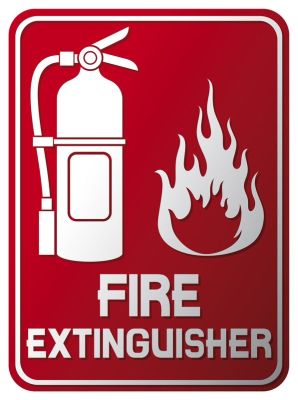
Safety Hazards
- Throw rugs, clutter, uneven steps, wet or slippery floors
- Frayed electrical cords, overloaded outlets
- Bug or mice infestations
- Improperly stored chemicals
- No handrails on stairway or handrail not securely attached to the wall
Oxygen Safety Rules
Oxygen is a colorless, odorless gas that is necessary for life. We breathe in oxygen from the air everyday. Clients who have respiratory diseases sometimes require an extra source of oxygen.
The Client may wear a nasal cannula or a mask, which is connected by tubing to their oxygen source. The oxygen may come from a portable tank, or a machine called a concentrator.
Oxygen is a medication and requires a prescription from physician.
You are NOT allowed to change the liter flow (settings), even if the Client asks you to do this.
Oxygen does not explode or burn by itself. Fires can occur when oxygen is combined with flammable materials and a source of ignition.
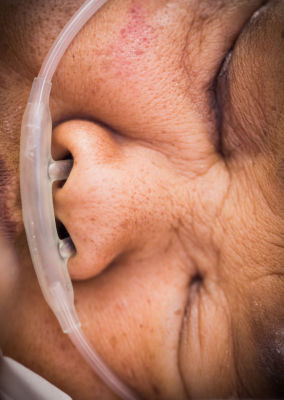
Emergencies in the Home
An emergency is a situation where a person is at risk of injury or death unless immediate action is taken. As a Caregiver, you may be alone in a Client's home during an emergency situation. It is important for you to remain calm and know the emergency numbers to call for help.
You will be given some emergency numbers when you are assigned to care for a Client. It is important for you to also know the Safety Plan for the Clients assigned to your care.
There are many different types of emergencies that can occur in the home. Use your eyes, ears, nose and sense of touch to recognize an emergency.
- Unusual noises: Yells, cries for help, moans, breaking glass, sounds of impact, equipment alarms and explosions.
- Unusual sights: A Client falling to the ground or lying motionless, spilled chemicals, fire, smoke, downed electrical wires, Client clutching their throat unable to speak.
- Unusual odors: Strong chemical odors, natural gas, smoke, unrecognizable odors.
- Unusual Behaviors: Difficulty breathing, clutching the chest or throat, slurred speech, unexplainable drowsiness or confusion, sweating for no apparent reason, bluish skin color.
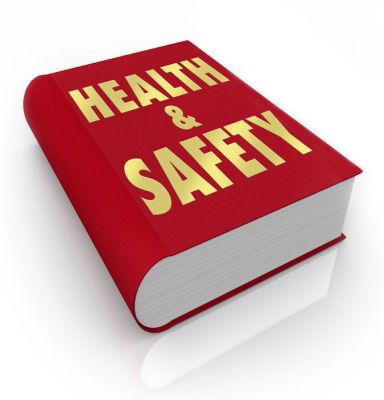
Basic Life Support
A person is clinically dead when their heart and breathing stops. Damage to the brain and other organs occur in 4 to 6 minutes when blood and oxygen are not pumped through the body.
Cardiac arrest occurs when the heart stops suddenly without warning. It can occur anywhere and at any time. Common causes of cardiac arrest include heart disease, drowning, electrical shock, airway obstruction and drug overdose.
Respiratory arrest occurs when the breathing stops, but the heart continues to pump. If breathing is not restored, cardiac arrest will also occur. Common causes of respiratory arrest include smoke inhalation, suffocation, allergic reactions and drowning. Basic life support focuses on A-B-C or opening the Airway, restoring Breathing and Circulation. Persons trained in CPR should do these procedures (don’t attempt to give CPR without training). CPR classes are provided by HHHA.
Shock
Shock occurs when the heart fails to pump enough blood to all the parts of the body. This condition can occur as a result of blood loss, infection, heart failure, poisoning, trauma and allergic reaction.
What you might see
The Client may have labored, irregular breathing, a pulse that is fast and weak, very low blood pressure, the skin may be pale, cold and clammy. They may complain of nausea, have trembling, confusion and or restlessness.
What should you do?
- Call 911 for help.
- Position the Client with their head lower than their legs.
- Cover the Client with a warm blanket.
- Stay with the Client until help arrives.
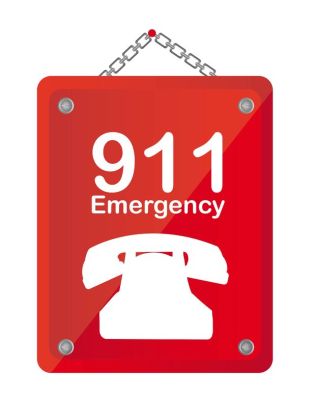
Myocardial Infarction or "Heart Attack"
What you might see
Chest pain or pressure that is unrelieved, difficulty breathing, pale or bluish skin color, unusual sweating.
What should you do?
- Call 911 for help. You will need to tell the dispatcher the exact location or address of the emergency, the phone number, your name, what happened, the condition of the Client and what help is being given.
- Do not hang up until the dispatcher hangs up. They may give you some instructions over the phone.
- If the Client uses oxygen, make sure it is available.
- Stay with the Client until the emergency medical help arrives. Often in many cities the Police will routinely respond to all 911 calls, do not be alarmed by this standard practice.
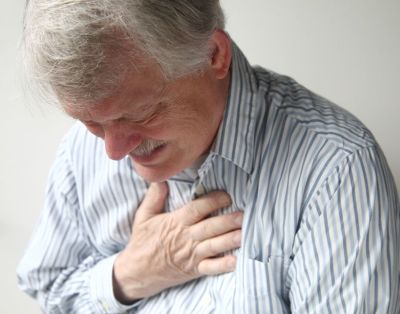
Choking
Choking may cause a partial or complete obstruction of the airway. This obstruction might be caused by food, vomit, blood, or a foreign object. If the obstruction is not relieved, the person may loose consciousness and soon die. If a person has a complete obstruction, he will not be able to make any kind of sound.
What you might see
The Client may clutch their throat as a signal that they are choking. If the Client has a partial obstruction, they may make coughing, or choking sounds. This means that some air is getting past the obstruction and the body is attempting to dislodge the obstruction with coughing. It is important to not interfere with the person while they are still able to breathe. The obstruction could become complete if you attempt to dislodge it while the person is still breathing.
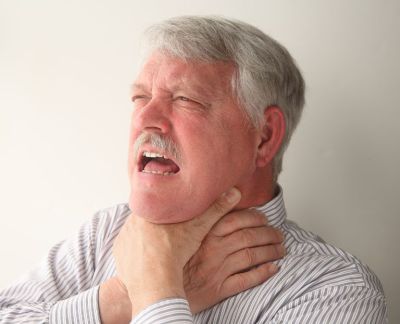
What should you do?
If the person is able to cough or make sounds, do not interfere. The Heimlich maneuver is one method of trying to remove a complete obstruction. Ask the Client if they can speak. If they cannot speak or make sounds a complete obstruction is likely and needs immediate attention. Call for help if there is someone else in the home.
- Stand behind the Client.
- Wrap your arms around his/her waist.
- Place the thumb of your fist against the Client's abdomen, just above the navel and below the tip of the breastbone.
- Grasp fist with other hand.
- Push in and upward on abdomen with a quick thrust.
- Repeat until the foreign body comes out or the Client loses consciousness.
- Proceed to CPR only if you have had instruction.
- Call 911 for help.
- Stay with the Client until help arrives.
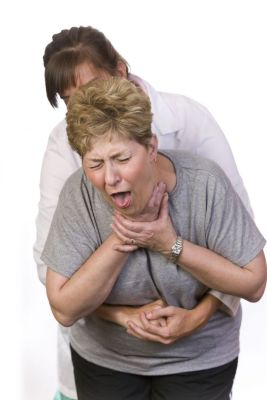
External Bleeding
External blood loss can come from an artery, a vein, or a capillary. What you might see. Bleeding that doesn't stop on its own. Severe blood loss can lead to signs of shock and death.
What should you do?
- Use a clean dry cloth to apply pressure directly over the wound.
- Hold the pressure for 10-30 minutes, while someone calls for help.
- Call 911 for help; report your location, phone number, name, condition of the Client and location of the injury.
- Remain with the Client until help arrives.
Seizures
Seizures are sudden contractions or tremors of muscles caused by an abnormality in the central nervous system.
What you might see.
Some Clients know they are going to have a seizure before it actually occurs. They may experience a certain smell or sensation before the seizure occurs. This is called an aura. The symptoms that you see will depend on the type of seizure the Client is having.
Grand Mal Seizure
- Muscles contract
- Jerking movement
- Looses consciousness
- Incontinent of bowel/bladder
- Eyes roll back
- May stop breathing
- May lasts several minutes
- Followed by a deep sleep
Petit Mal Seizure
- Partial body involvement
- Appears to be daydreaming
- Eyes roll back
- Last less than 30 seconds
- No memory of the seizure
What should you do?
If you are present at the beginning of a seizure, the following things may help you protect the Client from injury:
- Lower the Client to the floor.
- Place a folded blanket or towel under the head.
- Turn the head to one side.
- Loosen tight clothing
- Move furniture or equipment away from the Client.
- Do not restrain.
- Call for help if you have a telephone. Do not leave the Client unattended.
- It is not necessary to place anything in the Client's mouth.
- It will be very important to the physician to know the exact amount of time the seizure lasted and what body parts were involved. Documentation is extremely important and should be as accurate as possible.
- Call your supervisor for guidance.

Poisoning
Poisoning occurs when a person ingests a substance that can cause illness or death. Poisons can be taken into the body through swallowing, inhaling, injections and absorption through the skin. There are many different types of poison. Certain chemicals, plants, animal bites and even medications can be poisonous. The person may take a poison by accident or intentionally.
What you might see
The signs and symptoms that you see will depend on the type of poison and the way it entered the body.
What you should do?
It is important to find out what type of poison the person ingested. Look for empty bottles, chemical burns around the mouth and unusual odors.
- Try to find out as much as possible about what happened and what poison was taken.
- Call 911 for help.
- Ask the operator to call a Poison Control Center. Do not hang up.
- Explain to Poison Control what happened and what poison was taken. Answer their questions as thoroughly as possible.
- Poison Control will give you instructions to follow based on the type of poison that was taken. Follow their instructions.
- Save any vomitus, or empty containers of the poison.
- Stay with the Client until help arrives.
- Notify your supervisor and document exactly what happened on your note.
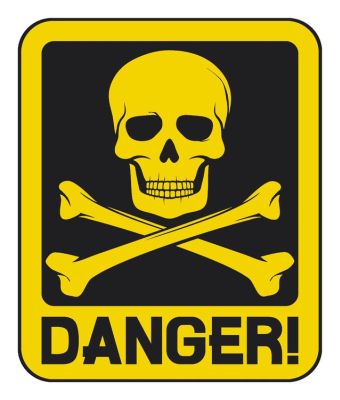
Burns
What you might see.
There are three types or degrees of burns.
- First Degree Burn - skin will be reddened without a blister.
- Second Degree Burn - skin will have blistering, and is extremely painful.
- Third Degree Burn - The most serious burns are painless and involve all layers of the skin. Fat, muscle and even bone may be affected. Areas may be charred black or appear dry and white.
What should you do?
- If the burn was caused by fire, remove the Client from the immediate danger of the fire.
- Evaluate the severity of the injury.
- Call 911 for help. Report your location, phone number, name, severity and location of the burns.
- Do not remove clothing stuck to the burned area.
- Cover the burned area with a sterile or clean wet cloth.
- If it is a chemical burn, flush with water for 20 minutes.
- Stay with the Client until help arrives.
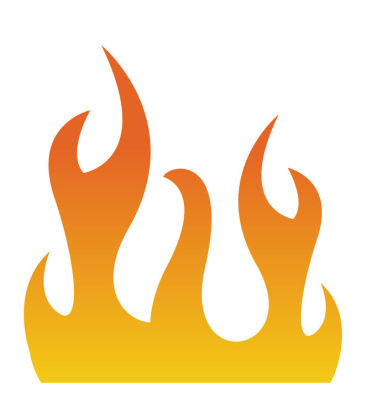
Fire Safety
What to do if there is a fire in the Client's home? Do not panic!
- Remember 911 is the number for emergencies. It should be posted by the Client’s phone. Use the EMERGENCY AND EVACUATION PLAN that was prepared for the Client by the Case Manager.
- Know the escape routes from each room.
- Know where the fire extinguisher is and how to use it.
- Making plans ahead can eliminate indecision when you are facing this situation. These plans could save the lives of both you and the Client.
- Turn off oxygen or electrical equipment in the general area of the fire.
- Try to fight a small fire if you can. Leave right away if the fire gets out of control.
- Get the Client out of the house.
- Call 911 from a neighbor’s house.
- Close the doors as you leave the home.
- If you are in an area filled with smoke, cover your face with a damp towel and crawl keeping your head close to the floor.
- Feel of the door, with the back of your hand only, before you open it. Do not open the door if it is hot or if smoke is coming around or under the door.
